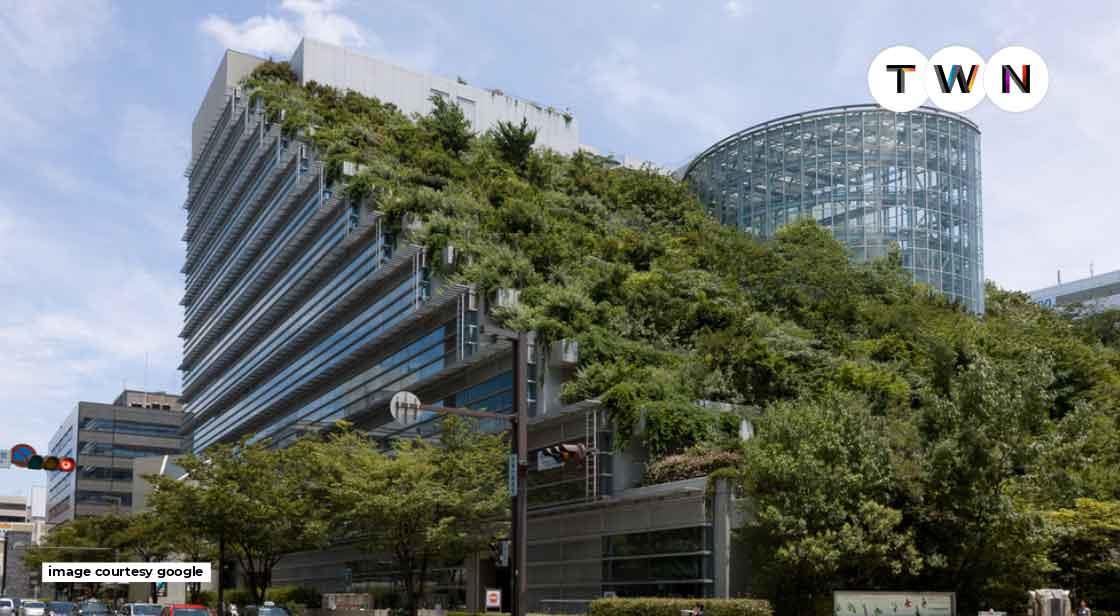What is a Green Economy?

Blog Post
The term "green economy" refers to a low-carbon, resource-efficient, and socially inclusive economy. In a green economy, public and private investment in economic activities, infrastructure, and assets that allow for lower carbon emissions and pollution, improved energy and resource efficiency, and the preservation of biodiversity and ecosystem services drive employment and income growth. #TWN
Climate change, biodiversity loss, rising inequality, and other issues will beset humanity in the coming decades. Because they are all interconnected, these systemic global challenges cannot be addressed in isolation. Our economic structures, on the other hand, are not capable of achieving a decent balance of environmental and social aims.
Concept of Green Economy
At their core, economies are a set of rules and conventions that reward some behaviors while punishing others. Our economies, in their current state, encourage excessive spending, weaken communal relationships, and deplete natural resources. This, however, is neither inevitable nor unavoidable; it is simply how our economies have evolved. A new economic vision is required to address these issues.
The Vision of a Fair Green Economy
The vision of a green economy is one that benefits everyone while remaining within the planet's natural boundaries. It is based on five main concepts, each of which draws on significant precedents in international politics and can be used to lead economic transformation in a variety of situations.
1. The Wellbeing Principle
-
A green economy allows everyone to succeed and produce wealth.
-
People are at the heart of the green economy. Its goal is to achieve true, shared wealth.
-
It emphasizes accumulating riches that will benefit one's well-being. This richness encompasses all human, social, physical, and natural capital, not only financial capital.
-
It places a premium on investment and access to the sustainable natural systems, infrastructure, knowledge, and education that all people require to thrive.
-
It provides opportunities for sustainable and dignified livelihoods, businesses, and employment.
-
It is based on individual decisions, but it is founded on communal activity for public values.
2. The Justice Principle
The green economy fosters intergenerational and intragenerational equity.
-
The green economy is non-discriminatory and inclusive. It fairly distributes decision-making, rewards, and costs; it resists elite capture, and it fosters women's empowerment in particular.
-
It encourages a more equitable distribution of opportunity and outcomes, decreasing gaps between people while simultaneously providing enough area for wildlife and wilderness.
-
It looks at the economy from a long-term perspective, building wealth and resilience in the interests of future residents while also responding quickly to address today's multi-faceted poverty and injustice.
-
It is founded on solidarity and social justice, as well as the strengthening of trust and social ties and the protection of human rights, workers' rights, indigenous peoples' rights, and minorities' rights, as well as the right to sustainable development.
-
It fosters MSMEs' empowerment, social enterprises, and long-term livelihoods.
-
It aims for a quick and equitable transition that is cost-effective – leaving no one behind, empowering vulnerable groups to be transition agents, and innovating in social protection and reskilling.
3. The Planetary Boundaries Principle
The green economy protects, restores, and invests in the environment.
-
Nature's multiple values - functional values of supplying products and services that underpin the economy, nature's cultural values that underpin societies, and nature's ecological values that underpin all of life – are all recognized and nurtured in an inclusive green economy.
-
It recognizes that natural capital is restricted in its substitutability with other capitals, and it employs the precautionary principle to avoid the loss of important natural capital and the breaching of ecological constraints.
-
It invests in biodiversity, soil, water, air, and natural systems to protect, grow, and restore them.
-
It is pioneering in the management of natural systems, guided by features such as circularity and aligned with biodiversity and natural systems-based livelihoods in local communities.
4. The Efficiency and Sufficiency Principle
The green economy aims to promote long-term consumption and production.
-
Low-carbon, resource-conserving, varied, and circular are all characteristics of an inclusive green economy. It welcomes innovative economic development strategies that solve the difficulty of achieving wealth within the confines of the planet.
-
It recognizes that if we are to stay within planetary limitations, we must make a substantial worldwide change to reduce natural resource consumption to physically sustainable levels.
-
It recognizes the 'social floor' of fundamental goods and services consumption that is necessary for people's wellness and dignity, as well as consumption 'peaks' that are too high.
-
It aligns prices, subsidies, and incentives with genuine societal costs through methods that make the "polluter pay" and/or reward those that achieve inclusive green results.
5. The Good Governance Principle
Institutions that are integrated, accountable, and resilient guide the green economy.
-
An inclusive green economy is evidence-based, with transdisciplinary norms and institutions that use both sound science and economics, as well as local knowledge, to develop adaptable strategies.
-
It is underpinned by institutions that are connected, collaborative, and cohesive – horizontally across sectors and vertically across governance levels – as well as having sufficient ability to carry out their various duties in an effective, efficient, and responsible manner.
-
For enlightened leadership to be complemented by societal demand, it requires public engagement, prior informed consent, transparency, social dialogue, democratic accountability, and freedom from entrenched interests in all institutions - public, private, and civil society.
-
It encourages decentralization of decision-making for local economies and natural resource management while retaining strong, centralized standards, procedures, and compliance systems.
-
It establishes a financial system with the goal of ensuring the well-being and long-term viability, and it does so in ways that are safe for society's interests.
Importance of Green Economy
The simple definition of a Green Economy sufficiently clarifies how its adoption is beneficial for both organizations and society. Nevertheless, we have decided to prepare the list 4 most immediate benefits of this concept:
-
Reduction of production costs, resulting in the more responsible utilization of raw materials and inefficient energy consumption;
-
Reduction of waste because of recycling and reuse of products that were not able to make till the end of their life cycle;
-
New job opportunities (e.g., project managers, consultants, installers, coordinators, etc.);
-
Increase in sales that address environmental issues and promote sustainable development.
The green economy is a global shift in the status quo that is both universal and revolutionary. It will necessitate a significant change in government priorities. It will not be simple to make this shift, but it is required if the Sustainable Development Goals are to be met.
If you have enjoyed reading this Blog, TWN recommends you to read our Blog on "How Green Buildings are a Better Way to a Sustainable Lifestyle?" Click on the Image Below!
You May Like
EDITOR’S CHOICE













